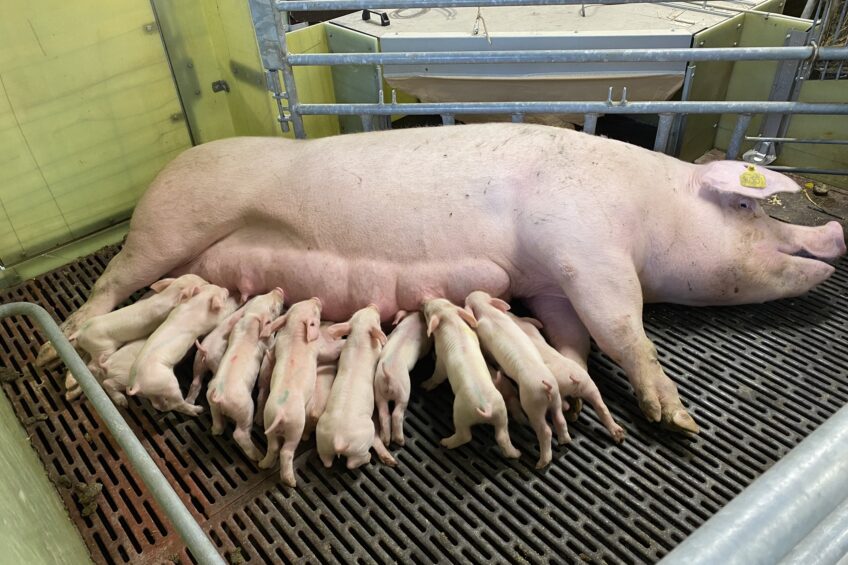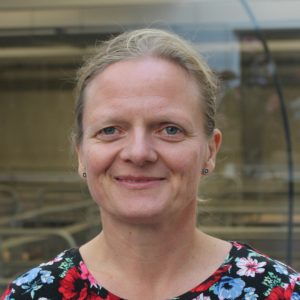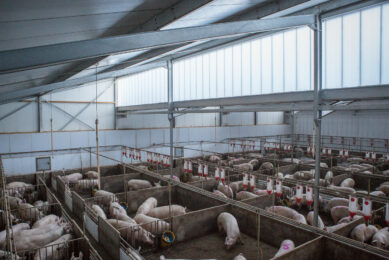Making a difference to the welfare of pigs

Experience wanted! A brand new European pig project called WelFarmers aims to identify good ideas that will benefit both pig producers and the welfare of the pigs. The project has been launched and intends to bring together ideas and practice, writes pig housing and welfare expert Vivi Aarestrup Moustsen, who is proud to be part of the 3-year project.
My experience and impression is that many pig farmers want to improve the welfare of their pigs, but they are uncertain which initiatives make a difference and are reluctant to make changes because the initiatives might not be feasible economically. On the other hand, across countries and research institutions, trials aimed at improving pig welfare have been carried out, but results might not be enjoyed in commercial pig production. It illustrates the gap between end-users and science. If we continue our usual practices, we’ll get the “usual results” – so the gap remains and the welfare of the pigs doesn’t improve.
To close or at least reduce the gap, a new approach is needed. The approach can be to identify best practices that improve pig welfare on pig farms, evaluate and qualify the practices, refine or modify the practices if necessary, and then make them applicable on other pig farms.
Project WelFarmers for pig welfare
This is what WelFarmers is about. It’s a 3-year project, which I’m privileged and proud to be part of. The kick-off for the project and not the least for pig welfare on farms took place in Montijo in Portugal in the beginning of February, where pig farmers, advisors and scientists who have joined in this EU-funded project met. More than 50% of pig production in Europe is represented in the consortium which consist of Portugal, Spain, Italy, France, Romania, Ireland, Finland and Denmark.
WelFarmers focusses on 4 very important pig welfare themes:
 Loose housing of lactating sows
Loose housing of lactating sows- Reduced/no pain at castration
- Undocked pigs
- Space allowance for growers and finishers.
WelFarmers will accelerate implementation and increase acceptance of welfare solutions by identifying and sharing best practices to make it even more feasible to improve pig welfare on farms across Europe.
Good practices in pig production
WelFarmers is a unique approach where good practices in the 8 participating countries and within the 4 themes are identified and evaluated. The best practices will be awarded and shared so they can be implemented at many more pig farms improving the welfare of pigs.
The project started on 1 January 2024 and runs for 3 years. Before the kick-off meeting we collected information about the level of implementation of the 4 themes in the 8 countries and what was considered th main barriers. The feedback clearly indicated that in most countries in the project, the implementation on farms of the 4 themes is limited. Considering the public awareness and the challenges farmers foresee, it is of utmost importance to identify practices applicable at farm level that can impact pig welfare.
Identification of 192 good pig practices
During the project period, a total of 192 good practices will be identified. The practices awarded will not only be described in relation to pig welfare but also regarding the environmental and economic impact to ensure that there is a balance between pig welfare, environmental and climatic impact and farm economy.
To coordinate the efforts, each of the participating countries will set up a Regional Network (RN), which will be run by farmers and their organisations. The RNs will select the most innovative good practices for the themes in various pig farms in their regions.
Evaluating good pig practices
In addition, there will be a Thematic Group (TG) per theme. These can consist of pig producers, policymakers and competent authorities, advisors, scientists and the food chain. Their role is to evaluate the good practices that meet the main challenges for the EU pig sector as identified by all 8 RNs.
In the near future, the project homepage will be launched and project activities and news will be available to all.
I very much look forward to the outcome of this project. There is a common interest in improving pig welfare in commercial pig production, but it is a challenge to do so. This became apparent when assessing the implementation – or lack of implementation – of loose housing of lactating sows, production of non-docked pigs, no-pain-castration and improving space allowance in the 8 countries. I hope and expect that at the end of the project, when we take a look at the implementation rate and the barriers for implementation, that the project has made a difference and identified best practices are implemented in many more herds and make a difference to many more pigs.
Looking for great pig practices
Do you have or are you aware of a good practice implemented at a pig farm leading to successful loose housing of lactating sows, production of non-docked pigs, no pain at castration or space allowance and flooring for growers and finishers? Please do not hesitate to contact me or other members of the consortium.











